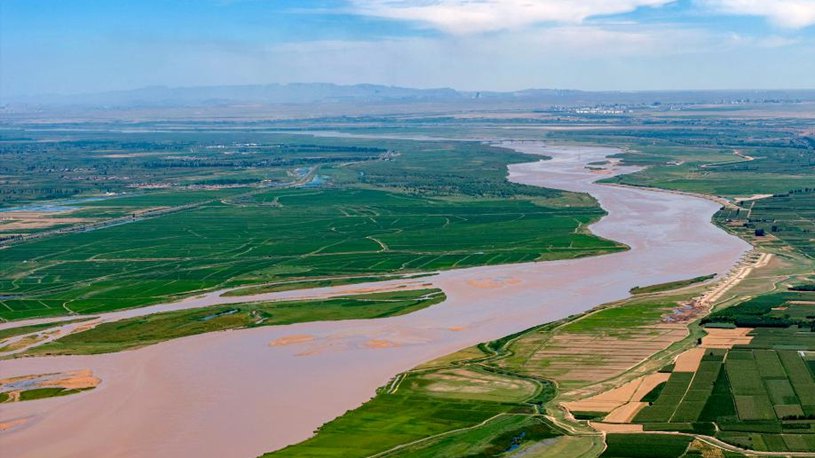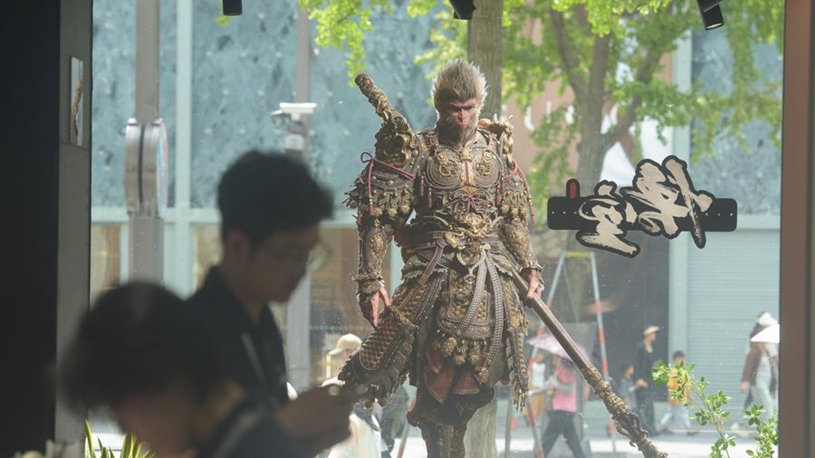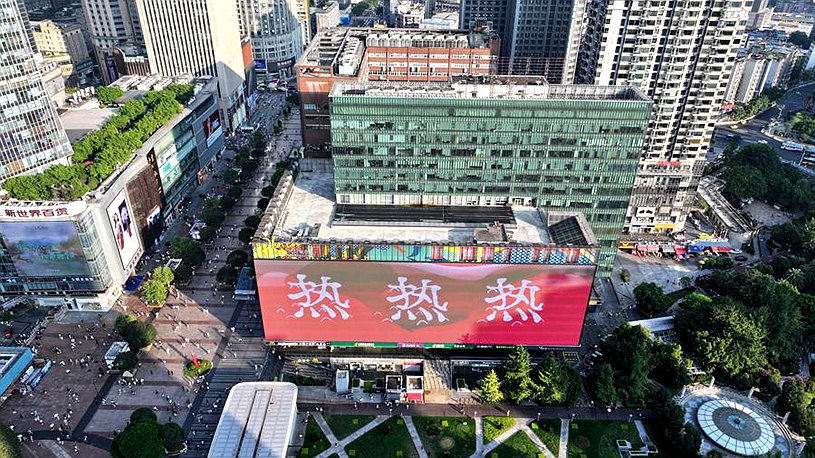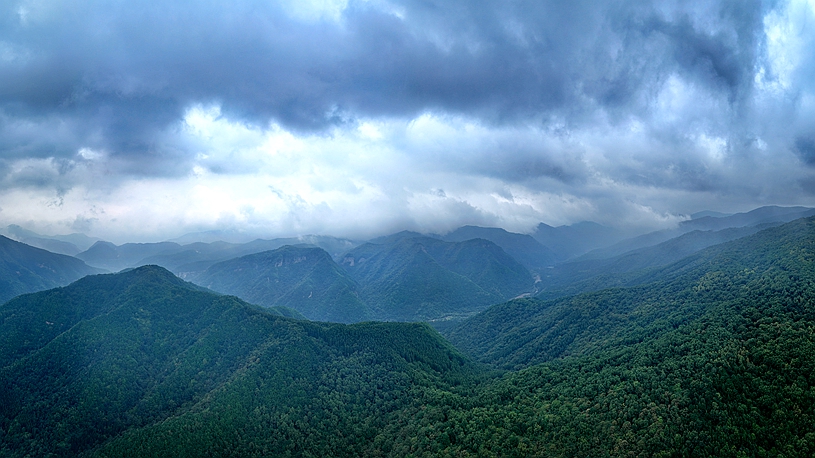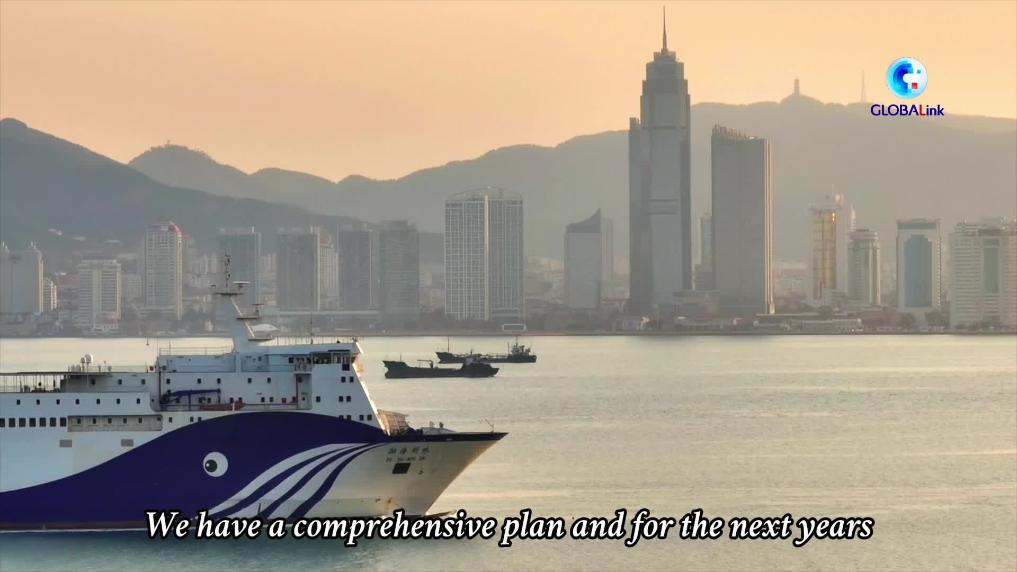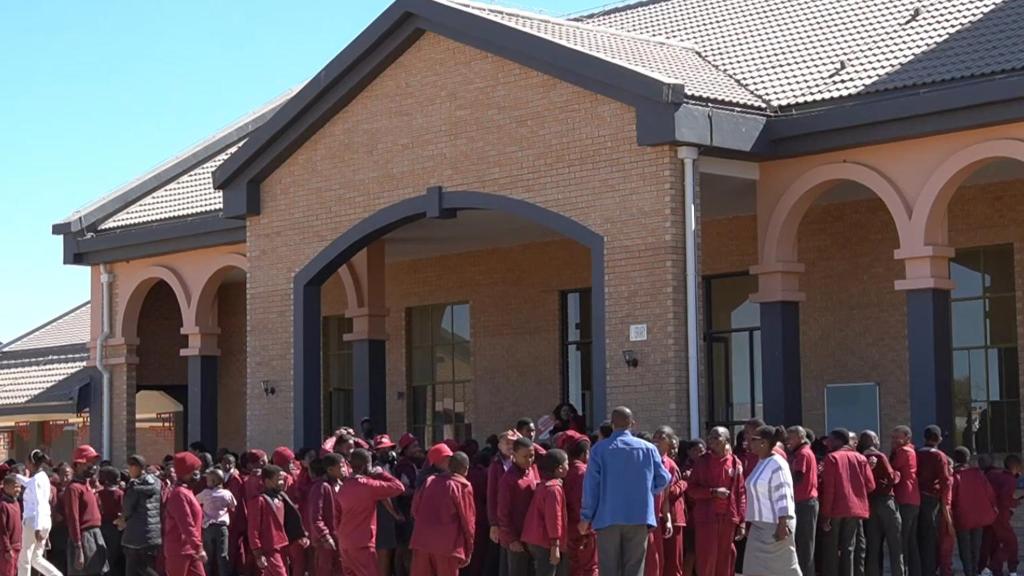Named the Alassane Ouattara Bridge after the Ivorian president, the bridge is a critical infrastructure project for Abidjan, the economic hub of Cote d'Ivoire, where rapid urbanization has taken place on both sides of the Ebrie Lagoon.
ABIDJAN, Aug. 30 (Xinhua) -- For residents of Abidjan, Cote d'Ivoire, driving between city districts was often a lengthy journey, as the Ebrie Lagoon naturally divides the city into separate parts, creating a fragmented transportation network.
However, this situation was greatly improved last August with the opening of a China-built, inverted Y-shaped pylon bridge connecting Cocody and Plateau, a bustling business district. The bridge has facilitated daily commutes and propelled the city's economic development.
"With this bridge, I can now drive from Plateau to Cocody in just five minutes," said Soulama Dramane, a local driver. Previously, he had to take a detour around a bay, often spending more than half an hour stuck in traffic during peak hours.
Built by China Road and Bridge Corporation (CRBC), the Cocody Bridge has a total length of about 1.63 km. According to Cao Changwei, the project's general manager at CRBC, the main section of the bridge stretches 630 meters, featuring a 200-meter main span and a 108.6-meter-high main tower, making it the largest cable-stayed bridge in West Africa.
Named the Alassane Ouattara Bridge after the Ivorian president, the bridge is a critical infrastructure project for Abidjan, the economic hub of Cote d'Ivoire, where rapid urbanization has taken place on both sides of the Ebrie Lagoon.
Since its inauguration, the bridge has facilitated daily traffic for 35,000 to 45,000 vehicles, said Jean Marc Odje, a technical engineer on the project. He added that the bridge has eliminated the need for commuters from the south to detour north via the lakeside highway and the roundabout, greatly reducing travel times.
The new city icon gained further recognition during the 34th Africa Cup of Nations (AFCON) in January when a balloon model of the structure was prominently featured amid cultural performances and fireworks, making it a highlight of the opening ceremony.
Simon Pierre Loufa, an engineer from the Republic of the Congo, was so captivated by the bridge while watching the AFCON on television that he later made visiting Abidjan and seeing the bridge a top priority.
Odje said the bridge is not only an architectural marvel for Cote d'Ivoire but also the country's first bridge to feature an illumination project with glowing diagonal cables lighting up the night sky.
Odje, who earned a master's degree in economics in China and joined CRBC five years ago, has been working on the bridge project ever since.
The engineer stressed the significant employment opportunities the bridge's construction has provided for local residents and the valuable skills in road and bridge construction he and his colleagues have acquired.
"I am deeply grateful to the Chinese company and the collaboration between Cote d'Ivoire and China," Odje said. "As a novice in the construction industry, I have learned much through the bridge project." ■


